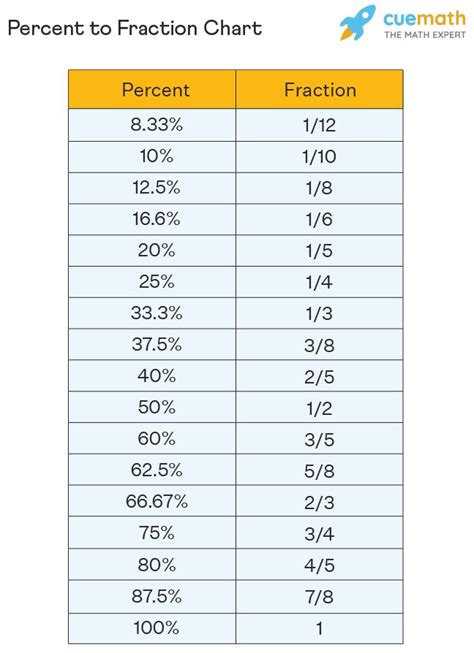133 Out Of 200 As A Percentage
Kalali
Apr 05, 2025 · 4 min read

Table of Contents
133 out of 200 as a Percentage: A Comprehensive Guide
Calculating percentages is a fundamental skill with wide-ranging applications, from everyday budgeting to complex scientific analyses. Understanding how to convert fractions into percentages is crucial for interpreting data, making informed decisions, and effectively communicating numerical information. This article delves into the calculation of 133 out of 200 as a percentage, providing a detailed explanation, various methods, and practical examples to solidify your understanding.
Understanding Percentages
Before diving into the specific calculation, let's establish a firm grasp on the concept of percentages. A percentage represents a fraction of 100. The word "percent" literally means "per hundred." Therefore, 50% means 50 out of 100, which can also be written as the fraction 50/100 or the decimal 0.5.
Calculating 133 out of 200 as a Percentage: Three Methods
There are several ways to calculate the percentage that 133 represents out of 200. We'll explore three common methods:
Method 1: Using the Fraction Method
This is the most straightforward approach. We express the given numbers as a fraction and then convert that fraction to a percentage.
-
Formulate the Fraction: Write 133 out of 200 as a fraction: 133/200
-
Convert the Fraction to a Decimal: Divide the numerator (133) by the denominator (200): 133 ÷ 200 = 0.665
-
Convert the Decimal to a Percentage: Multiply the decimal by 100 and add the percent symbol (%): 0.665 x 100 = 66.5%
Therefore, 133 out of 200 is 66.5%.
Method 2: Using Proportions
This method utilizes the concept of proportions to solve for the unknown percentage.
-
Set up a Proportion: We can set up a proportion where x represents the unknown percentage:
x/100 = 133/200
-
Cross-Multiply: Cross-multiply to solve for x:
200x = 13300
-
Solve for x: Divide both sides by 200:
x = 13300 ÷ 200 = 66.5
-
Add the Percentage Symbol: The result is 66.5%, confirming our previous calculation.
Method 3: Using a Calculator
Most calculators have a percentage function that simplifies this process. Simply divide 133 by 200 and then multiply the result by 100. The calculator will directly display the answer as 66.5%. This method is particularly useful for more complex percentage calculations.
Practical Applications of Percentage Calculations
Understanding percentage calculations is vital in numerous real-world scenarios. Here are some examples:
-
Academic Performance: If a student answers 133 questions correctly out of 200 on an exam, their score is 66.5%. This provides a clear indication of their performance.
-
Business and Finance: Calculating profit margins, sales growth, and investment returns often involves percentage calculations. For example, if a business made a profit of $133 on a $200 investment, their profit margin is 66.5%.
-
Data Analysis and Statistics: Percentages are used extensively in statistical analysis to represent proportions and trends within datasets.
-
Everyday Life: Discount percentages in stores, tax calculations, tip calculations in restaurants, and many other situations in daily life require an understanding of percentages.
Beyond the Basic Calculation: Understanding the Context
While the calculation of 133 out of 200 as 66.5% is straightforward, it's crucial to understand the context within which this percentage is being used. The meaning and significance of this percentage will vary depending on the situation.
For instance:
-
High Pass Rate? In an exam context, 66.5% might be considered a passing grade in some systems, but a failing grade in others. The interpretation depends entirely on the specific grading scale used.
-
Successful Marketing Campaign? If 66.5% of marketing leads convert into sales, that’s a relatively high conversion rate and suggests a successful campaign.
-
Low Completion Rate? If 66.5% represents the completion rate of a project, it might suggest delays or inefficiencies that need addressing.
Advanced Percentage Calculations: Related Concepts
Understanding the basic percentage calculation opens the door to a wider range of percentage-related calculations, including:
-
Percentage Increase/Decrease: This involves calculating the percentage change between two values. For example, if a value increases from 200 to 266.5, the percentage increase is calculated as [(266.5 - 200) / 200] * 100 = 33.25%.
-
Percentage Points: This is a common source of confusion. Percentage points refer to the arithmetic difference between two percentages. For example, if the interest rate increases from 5% to 10%, it's an increase of 5 percentage points, not a 100% increase.
-
Compound Interest: This is a more complex calculation involving the reinvestment of interest earned over time. Understanding compound interest is essential for financial planning and investing.
Conclusion: Mastering Percentage Calculations
The ability to accurately calculate percentages is a vital skill applicable across numerous disciplines. While the calculation of 133 out of 200 as 66.5% is a simple example, the underlying principles can be applied to more complex problems. Understanding the different methods, their applications, and the importance of considering context will significantly enhance your ability to interpret data, make informed decisions, and communicate numerical information effectively. Remember to always check your work and consider using multiple methods to ensure accuracy. With practice, percentage calculations will become second nature, empowering you to tackle various quantitative challenges with confidence.
Latest Posts
Latest Posts
-
How Many Grams Are 3 Oz
Apr 05, 2025
-
How Many Gallons Are In 10 Liters
Apr 05, 2025
-
How Many Millimeters Is 7 Centimeters
Apr 05, 2025
-
How Many Inches Is 48 Feet
Apr 05, 2025
-
How Much Is 39 Inches In Feet
Apr 05, 2025
Related Post
Thank you for visiting our website which covers about 133 Out Of 200 As A Percentage . We hope the information provided has been useful to you. Feel free to contact us if you have any questions or need further assistance. See you next time and don't miss to bookmark.
